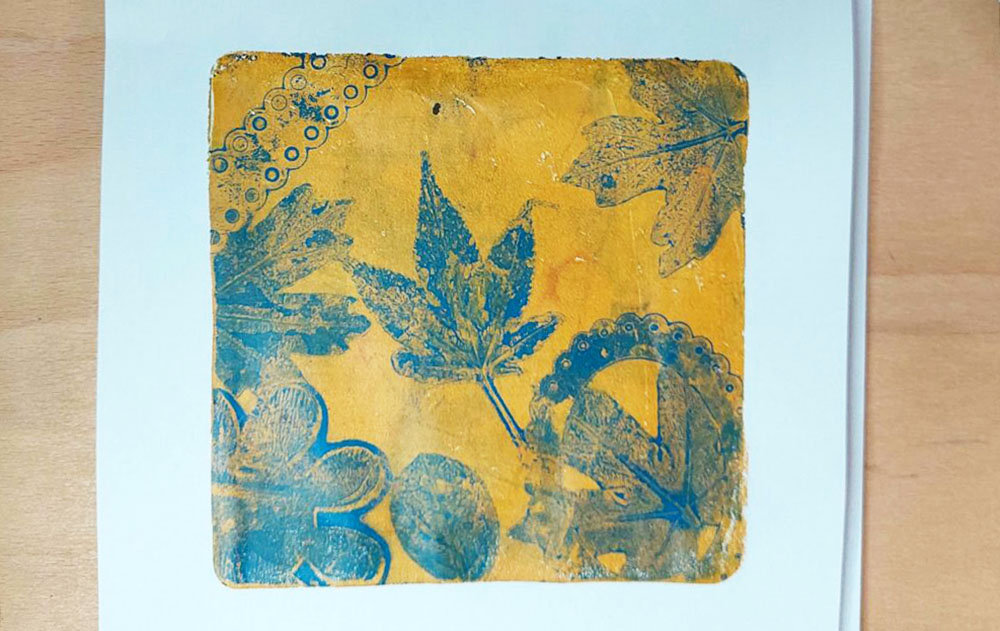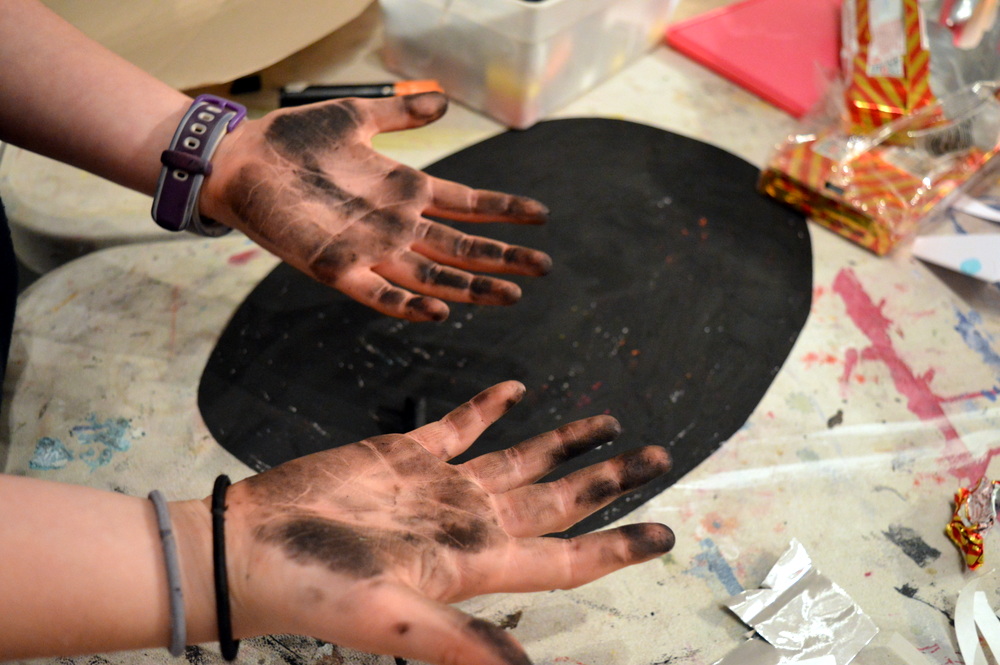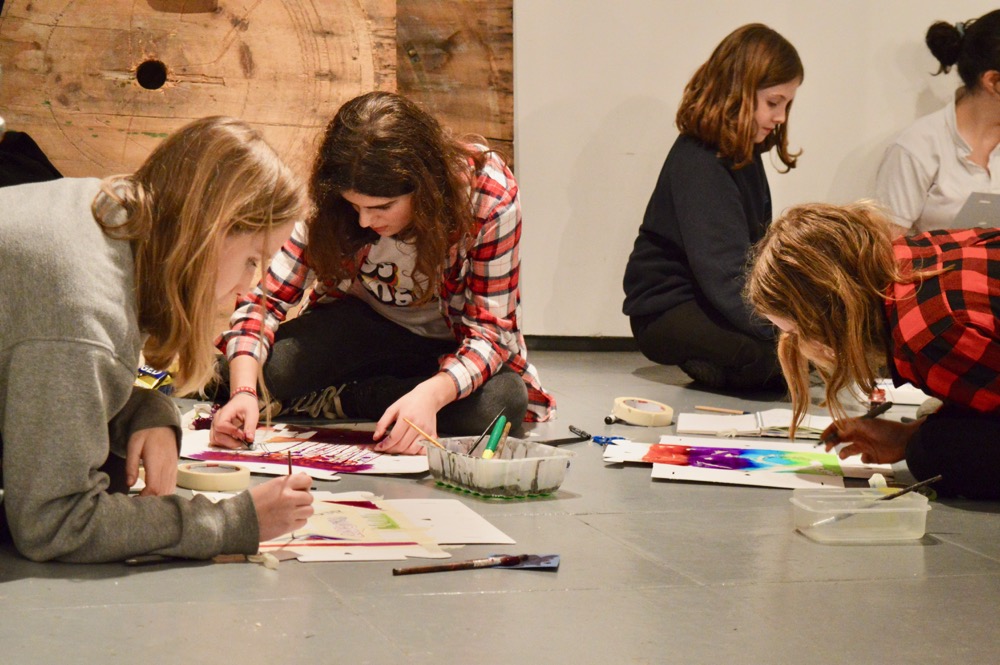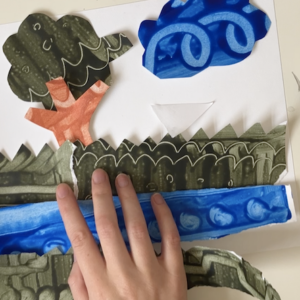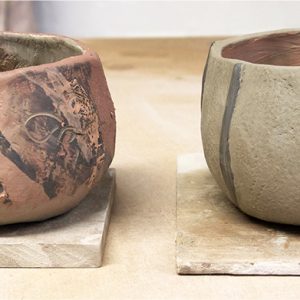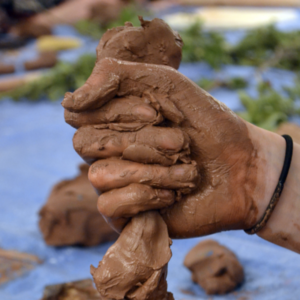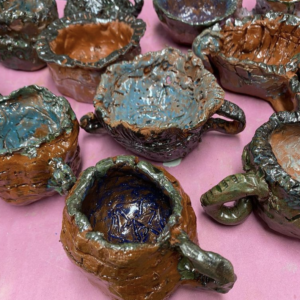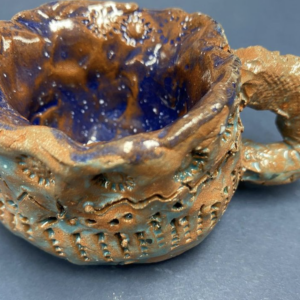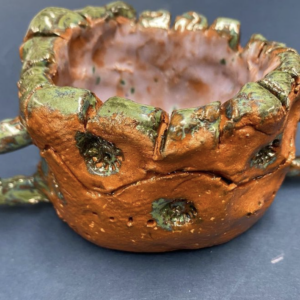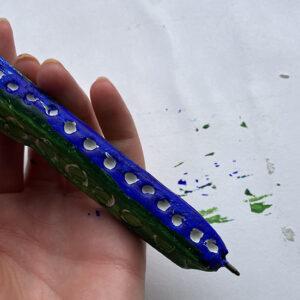By David Oates.
In this post, artist and teacher David Oates introduces how Gel plates can be used to create monotype prints using acrylic paints. Gel printing plates are transparent and flexible plates with a smooth surface for printing. The plates ‘pick up’ fast drying paint such as acrylic, meaning you can ‘pull’ or create prints that are full of crisp details and patterns. The plates can be wiped down after use and used multiple times, making them a economical resource for the classroom.
David talks through how objects and textures can be combined with Gel plate printing to create experiments with colour, shape and line.
To access all content, I would like to join as…
AccessArt is a UK Charity and we believe everyone has the right to be creative. AccessArt provides inspiration to help us all reach our creative potential.
